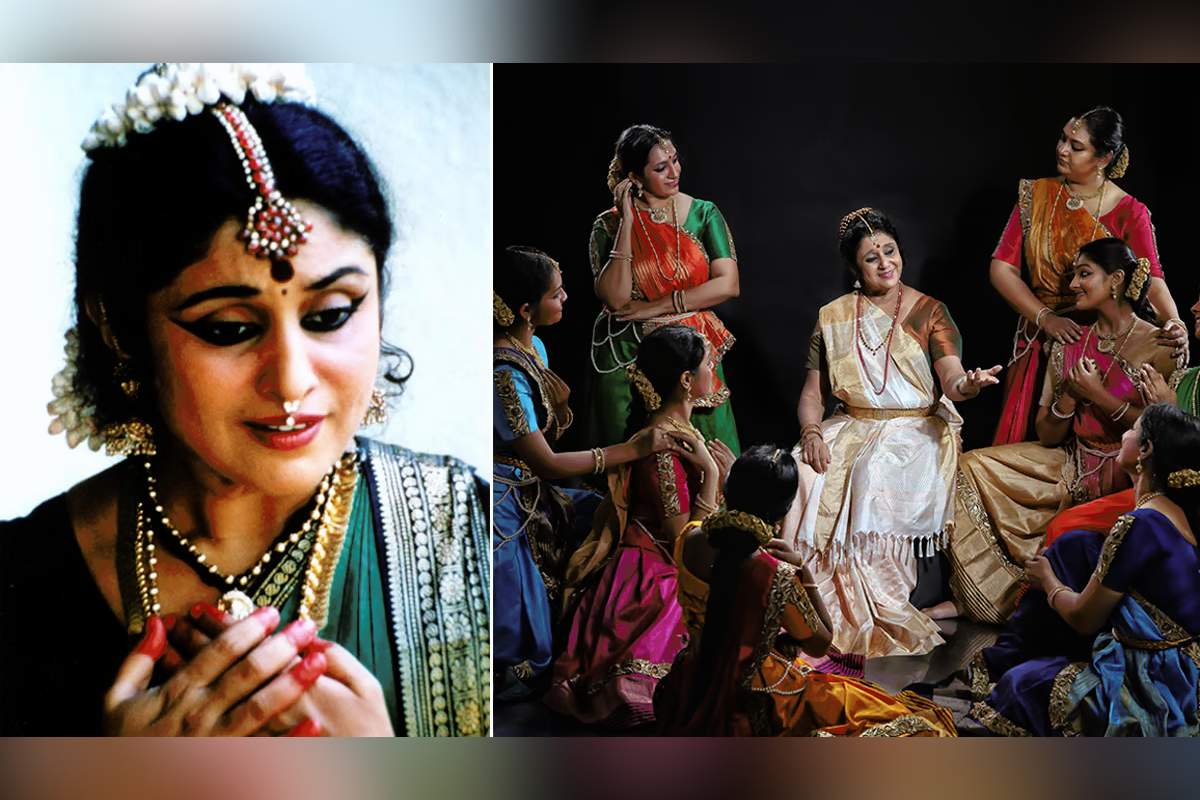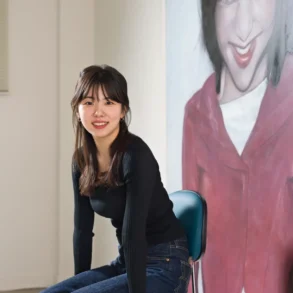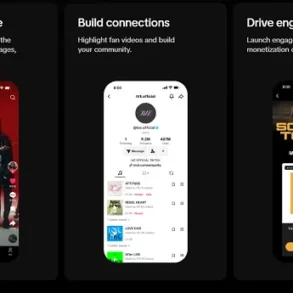
She belongs to an ocean of expression that Bharatanatyam has evolved to be. Her eyes bear all that depth, of not just being an artist who has imbibed the essence of the art form but also of belonging to a generation that had been there, done that, and still feels there are miles more to go.
Padma Shri Chitra Visweswaran is a name that art historians will reckon in future for being more than an ace artist. She was from the ‘cusp’ generation that inherited the dance as an art form of independent India and got mentored by a community of dancers who were part of the ‘devadasi’ system that went through the rigours of a ‘ban’ by the British. They spearheaded the resurgence of Bharatanatyam in its classical avatar later.
Being an active dancer between the 1960s and 80s helped her understand the evolution of the dance, the importance of culture, its deep documentation not only as the written word but as sculptures, the study of emotions, the body philosophy, and the deep spiritual context of all these which easily flows into the ocean called Bharatanatyam.
On the technical side, taking to Bharatanatyam training when just three meant getting trained under masters who still had in them the grammar that made the dance a ‘wholesome ritual’. Her lessons started under her mother. Subsequently, she was trained by T A Rajalakshmi, who was one of the devadasis from Thiruvidaimarudur in Tamil Nadu.
After her shift to Chennai post her studies in Kolkata, her lessons were overseen by the maestro Vazhavoor Ramayya Pillai. She emerged as a dancing genius who was taken note of even by critics and art historians such as Sunil Kothari and Kapila Vatsyayan.
Also Read: Sahitya Ramkumar & Srividya Anish come together for a unique show ‘Double Bill’
Her contemporaries such as Sudharani Raghupathi and Padma Subramanian, too, got similar tutoring, and together they worked to ground Bharatanatyam as a popular classical dance with patrons and practitioners growing wide and in numbers day by day, even now.
Chitra also evolved in the process, from being a dancer to a choreographer, and eventually a guru, whose guidance goes beyond mere exchange of lessons. “Dance lessons are just the skeleton. The dancer has to breathe her own identity into what she is doing,” she says.
The evolution of a student into a dancer, thus, moves beyond understanding the lesson but stretches to the realm of knowing and being. And by encouraging such a transition, a teacher becomes a guru. Like Chitra Visweswaran.
She was recently in Thiruvananthapuram to receive the prestigious Nishagandhi Purasakaram instituted by the state government that was presented to her on Thursday, the inaugural day of this year’s Nishagandhi Dance Festival. TNIE spoke to the guru on the sidelines of the event.
The first to occupy the University of Madras’s Rabindranath Tagore Chair, the Kalaimamani Award, the Sangeet Natak Akademi Award, and other laurels and titles, including the Padma Shri. And now comes the Nishagandhi Purasakaram. What do titles and awards mean to you as a dancer?
It is nice to know you are still remembered. It is also a wake-up call when you are planning total retirement. Public recognition tells you that people have faith in the work you have done, and there may be facets for you to still contribute. It is a responsibility.
You have transitioned into a guru after a glittering career as a dancer who gave the art form a mark of its own. How important is that transition in a dancer’s life?
It’s important to assess yourself. It is a natural trait to evolve. The way you read a book as a child is not the way you would do it when you are an adult. You will be bubbling with effervescence during your active dancing years but, as times move on, you will be looking at dance as a window to a greater culture that has to be handed over to the coming generation. The journey gets shaped thus. My understanding has always been to awaken my students to the greater purpose of art and culture.
You trained under gurus who looked at Bharatanatyam beyond just a performing art. How about the gurus now?
Again, it is a matter of evolution. The dancers of today, too, are evolving, and so is Bharatanatyam, which is innately disciplined to be a ritual. The entire body becomes a tool to connect with deeper truths of nature. Hence, a guru emerges over a period of time of study and practice.
I began the Chidambaram Performing Arts Academy (CAPA) in Chennai and began teaching 40 years ago. There is a marked difference in the way I taught then and now. A guru is like a river, which gets enriched by its tributaries, and, finally, flows as a life-giver.
Also Read: Jharna brings eight stunning stories by eight artistes
You took up dance as a career at a time when it could hardly be called one. How do you view the change now?
The important decision to make in one’s life comes when one finishes college. That is the time when dance falls off from the life of many. Accept it, it is not remunerative. It requires unflinching attention for a long, probably why though there are many training centres in places like Kerala there weren’t as many dancers who stuck to the art.
But now, many take it up for a while, then drop it to pursue a career; some return to it again. There are also the ones who take it full-time and try to find their finances from areas related to dance. Teaching comes as another career prospect. But I took to teaching as a way to transfer the influences I had imbibed– the Vazhuvoor bani (stream) that I had got from Ramayya Pillai, the Thanjavur one from Rajalakshmi, and then my taste in Rabindrasangeet and Swami Vivekananda’s philosophy.
Even before the pandemic struck, there was an emerging trend of social media taking over the classical dance scene. How do you see the advent of social media on the Bharatanatyam scene?
It has its negatives and positives. I am not a great fan. Anyone can learn by watching videos, but nothing can replicate what you get from the guru. Also, each dancer is a product of the world of traditions he or she comes from. Studying the art from social media means you are creating a mish-mash. Art is to convey the experiences that the dancer has learnt. Hence, nothing like a live performance where you interact with rasikas with your art and get energised by the live orchestra. Social media has made a performance more camera-centric. The plus is it can help a guru teach nuances once in a while to a student who is far away.
Also Read: The 19th edition Drishti National Dance Festival in Bengaluru to feature a kaleidoscope of movements
You were one of the first to introduce group performances in Bharatanatyam. Nowadays, group performances are being chosen over solo recitals. Is there a change in the way of appreciation?
When the art form was being resurrected by Rukmini Devi Arundale and others, group performances were introduced to give stages to the dancers who had set aside their lives for this art form. But there is a lot of difference in the way group performances are staged now. Earlier, we never had elaborately done attires or hairdos to convey the roles we were playing. Our bodies were our biggest tools and our techniques the props.
Nowadays, group performances are becoming the norm, first to accommodate the ever-increasing number of dancers, and also to bring viewers to the performances. It speaks of a changed dynamic. But, whether group or solo, the dance and its structure should get the due. That’s my way, and probably why recitals by the CAPA, even at the Surya festival here, used to get a good response.
There are also many banis (styles) emerging now with the dance travelling to regions where there may be other forms to influence it. For example, in Kerala, Bharatanatyam has a Kalamandalam style. Will these dilute the discipline?
I focus only on three aspects while watching a performance. If it’s aesthetic if the tala (rhythm) is intact, and if there is depth in the bhava (emotion). I do not care about anything beyond that. Each student is different. A good teacher understands that. So individuality is a big factor in art.
Evolution keeps art alive and as many dancers as many styles. What we need to worry about is the way the dance is learnt. There is such an overwhelming number of dancers that it is important that they learn with perseverance, and not approach it with the ‘fast and instant’ mindset. Bharatanatyam is life. Those who choose art should live it organically.
This post was originally published on this site be sure to check out more of their content








